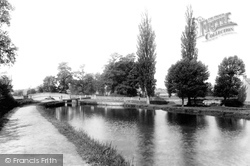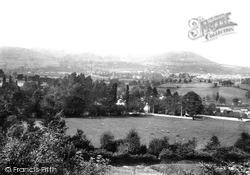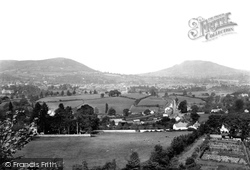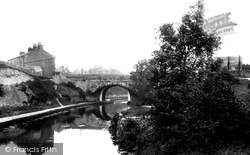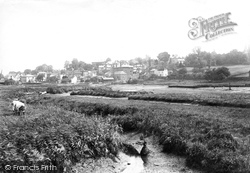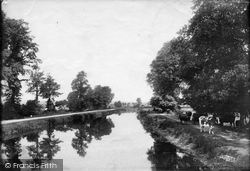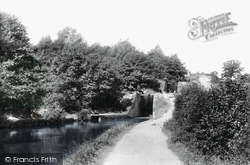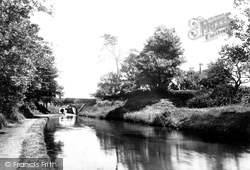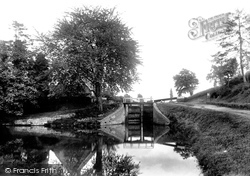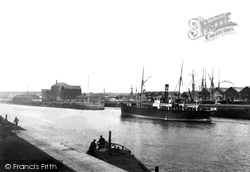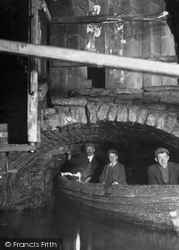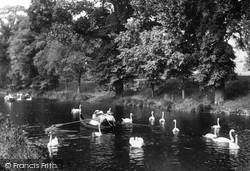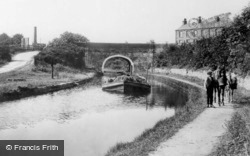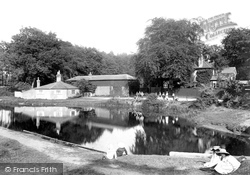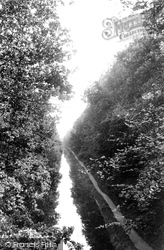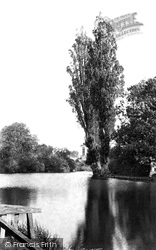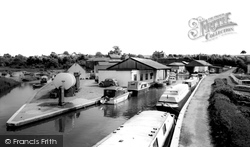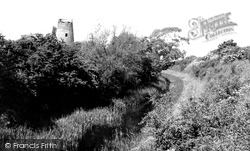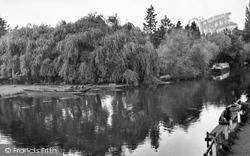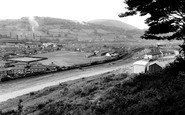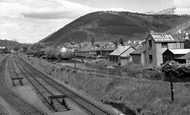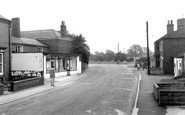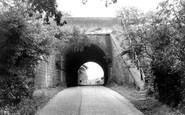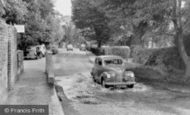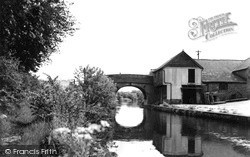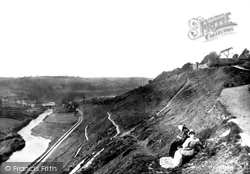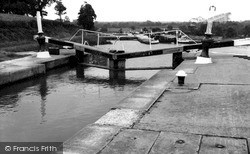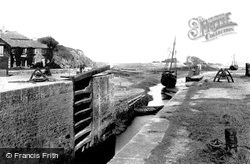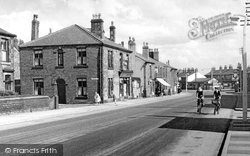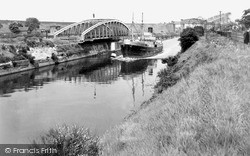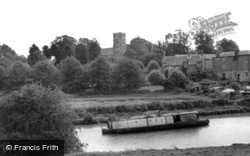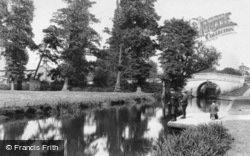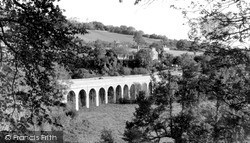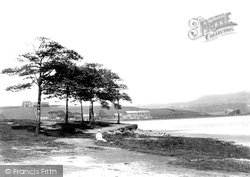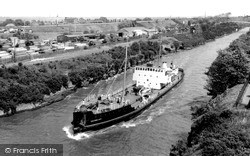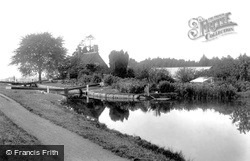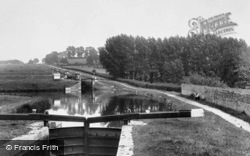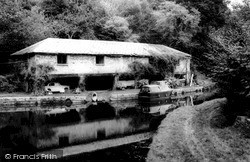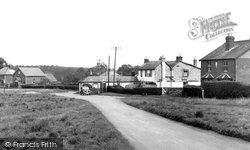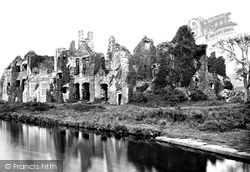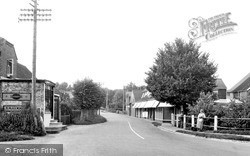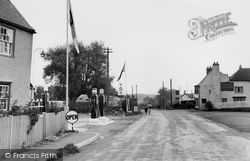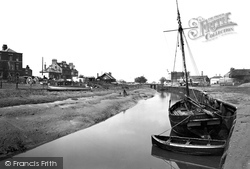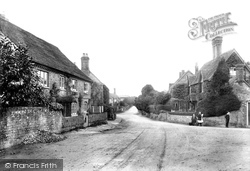Merry Christmas & Happy New Year!
Christmas Deliveries: If you placed an order on or before midday on Friday 19th December for Christmas delivery it was despatched before the Royal Mail or Parcel Force deadline and therefore should be received in time for Christmas. Orders placed after midday on Friday 19th December will be delivered in the New Year.
Please Note: Our offices and factory are now closed until Monday 5th January when we will be pleased to deal with any queries that have arisen during the holiday period.
During the holiday our Gift Cards may still be ordered for any last minute orders and will be sent automatically by email direct to your recipient - see here: Gift Cards
Places
3 places found.
Those places high-lighted have photos. All locations may have maps, books and memories.
Photos
1,193 photos found. Showing results 421 to 440.
Maps
27 maps found.
Books
2 books found. Showing results 505 to 2.
Memories
489 memories found. Showing results 211 to 220.
Leaving School
So! Back to 11 Woburn Place, back to school on Hope Chapel Hill back to Hotwells golden mile with its 15 pubs. The War was still going on but there was only limited bombing and some daylight raids, the city was in a dreadful ...Read more
A memory of Bristol in 1945 by
Channel View
I was born in No 9 Manor Bungalows (The Prefabs), in 1947, Channel View wasn't built then, the area was laid to allotments & then open meadow to Gelli Crescent & Tynycwm Halt Railway platforms. In 1955 the second Phase of ...Read more
A memory of Pontymister in 1955 by
Fazeley In The 1970s
I remember the beach-like atmosphere at Bourne brook off Brook End, Fazeley in the summer months (early to mid 1970s). Whole families would sit and watch their children swim in the brook. I learned to swim and fish here. I ...Read more
A memory of Fazeley in 1974 by
Floods On High St/ Bridge St Corner
Until the current concrete flood walls and steel piles that line the banks of the Fossdyke Canal were installed in the mid-1960s, this area of the village regularly flooded during the autumn and winter ...Read more
A memory of Saxilby in 1965
Re Dochgarroch
It is said that we all have a Guardian Angel, myself and my good friend Jimmy Fraser certainly had one 58 years ago. At a Hallowe'en party in the Dochgarroch hall in 1954 (I was 7 years old), it got a bit stuffy so I went ...Read more
A memory of Dochgarroch in 1954 by
King Richards Road
We moved from Willesden in London to Kingrichards Road, Leicester when I was 5 yrs old in 1965. I went to King Richards Infants with my brother, Wayne. The building I think was something to do with a church, I think, an old ...Read more
A memory of Leicester in 1965 by
1907 1965 Family Sussex Street Caroline St St Peters
Four Generations of Bowrings! Hazel Bowring - In 1958 I was born in Salford, sister of Michael Bowring. I was born at 146 Sussex Street in 1958, my parents were Kenneth Thomas & Rita ...Read more
A memory of Salford in 1950 by
Memories Of Playing On The
I used to live on "ALICE" the narrow boat in the canal basin on Harry Machins boatyard. Great memories of playing on the "ACKY" with my best mate Jackie Hickman who lived at Wharfedale Cottages on Betton Road with ...Read more
A memory of Market Drayton in 1968 by
Address .... I Wonder.
Having just looked at the street view on Google Maps, I wonder if the shop was at number 52 and not 55. Number 52 seems to have some newer brickwork on the front where the shop door and window used to be. The shop was ...Read more
A memory of Rickmansworth
Captions
720 captions found. Showing results 505 to 528.
A tranquil mid-summer view of the Grand Junction or Union Canal, which reached the nearby town of Tring in 1799 as part of a massive construction, designed to link London and Birmingham and which subsequently
The river Torridge is to the left, and the straight line just to the right of it is the old course of the Rolle (or Great Torrington) canal.
This was part of a modernising programme undertaken in the 1930s in an unsuccessful attempt to enable the Grand Union Canal to compete with the Great Western Railway.
A further boost to the port's success came with the construction of a spur to the Lancaster Canal in 1826, and a huge basin was built to accommodate the barges that transported the cargoes inland.
This is Bude Canal Sea Lock in 1893, two years after the waterway had been reduced to the 1.25 mile stretch to Rodd's Bridge; in reality it was little more than an extension of the harbour, which continued
Situated below Winter Hill on Rivington Moor, Adlington developed as a textile town before the advent of the railway because of its proximity to the Leeds and Liverpool Canal, which runs
Whilst the Latchford Viaduct is high enough to allow the tallest ships to pass beneath, a series of swing bridges allow vessels to pass through most road crossings along the canal.
In the foreground is the Grand Union Canal, with the houses of Blisworth and the 15th-century tower of the church to be seen on the opposite bank.
Here, children are trying their luck at fishing in the Aylesbury Arm of the Grand Union Canal. Just beyond the bridge is the delightfully named Hills and Partridges Lock.
Three hundred yards further north is Rennie's 1805 Dundas Aqueduct carrying the canal across the River Avon.
Castleton developed largely because of its proximity to the canal and railway, making it suitable for mill building.
It was this canal, financed by the Duke of Bridgewater and built in 1761 by James Brindley, that was to bring about a complete change in the transportation of industrial materials and manufactured goods
Timber was a major commodity carried on the canal; it was used not only by the building industry, but also in the manufacture of paper and cardboard, then a major Warrington industry.
From there, the Kennet & Avon Canal plunges down the extraordinary flight of 29 locks at Caen Hill to the valley below.
These locks are so close together that in order to maintain a satisfactory supply of water, it was necessary to extend the canal at the left-hand side above each chamber.
It was once an iron-ore warehouse from which the ore was loaded onto canal boats and shipped on to local ironworks. There is still some evidence of this traffic in the form of tramlines.
This is a reference to the Salisbury Canal, an ambitious navigation intended to link the cathedral city with Southampton; however, the scheme was never completed.
The marina was originally a reservoir to maintain levels in the Grand Union Canal; it was also used as a pound to moor working boats. Water was pumped from here up to the top lock.
Set on the banks of the Tennant Canal, the Abbey was founded in 1130 by the Norman baron Richard de Granville. John Leland, in the 16th century, described the abbey as 'the fairest in all Wales'.
Loxwood is on the route of the partly-restored Wey and Arun canal near the Surrey border—'London's lost route to the sea'.The shop on the left has old enamelled metal cigarette advertising signs fixed
Set on the banks of the Tennant Canal, the Abbey was founded in 1130 by the Norman baron Richard de Granville. In the 16th century, John Leland described the abbey as 'the fairest in all Wales'.
been at the centre of various speculative transport schemes: there was once talk of an Islington-Wallasea railway passing this way, as well as plans to link the village to Purfleet and Battlesbridge by canal
In the interest of national security this was counteracted when the Royal Military Canal was built as a defence against Napoleon in 1807, linking the Rother with Hythe.
Loxwood is on the route of the partly-restored Wey and Arun canal near the Surrey border—'London's lost route to the sea'.The shop on the left has old enamelled metal cigarette advertising signs fixed
Places (3)
Photos (1193)
Memories (489)
Books (2)
Maps (27)


